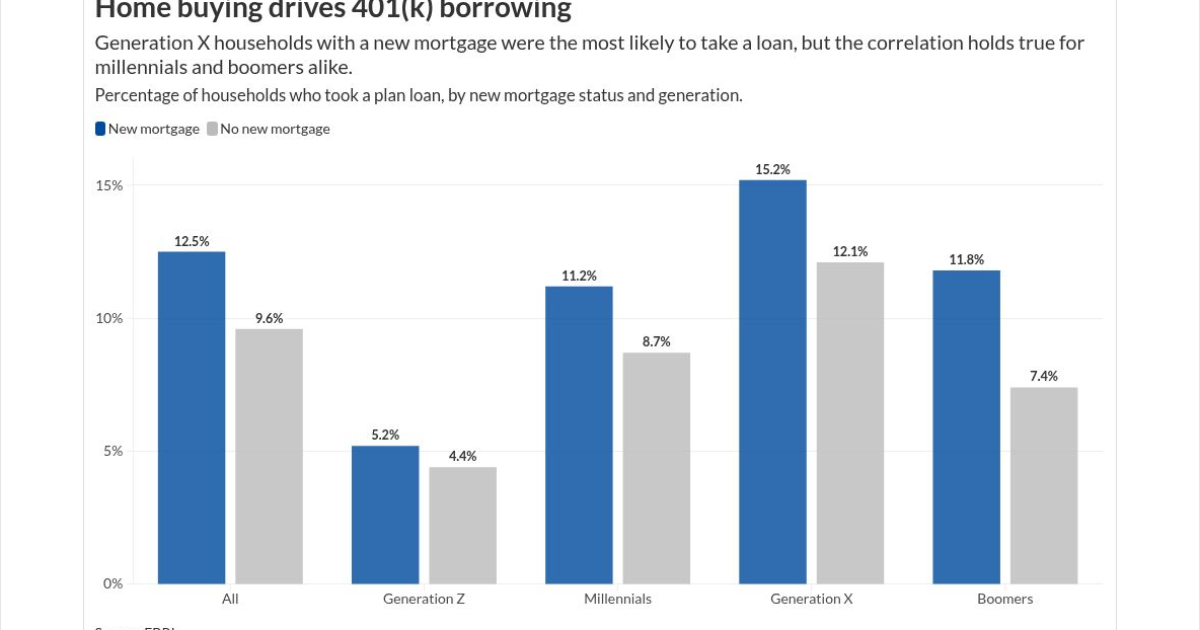If you’re a federal employee or member of the military, the Thrift Savings Plan (TSP) could be one of the most powerful retirement tools available—but too many workers don’t fully understand how it works. Similar to a 401(k) but with unique benefits and low fees, the TSP helps millions of Americans grow wealth with fewer costs than almost any private-sector plan. Yet, many employees miss out on free matching contributions, tax advantages, or simple allocation strategies that could double their future balance. Here are six essential facts every government worker should know about their TSP before it’s too late.
1. You’re Getting Free Money—If You Contribute Enough
The TSP matches employee contributions up to 5% of your basic pay. That means if you’re not putting in at least 5%, you’re leaving money on the table—every single paycheck. The first 3% is matched dollar-for-dollar, and the next 2% is matched at 50 cents per dollar. It’s one of the best retirement matches in any U.S. plan. Even if budgets are tight, prioritize contributing enough to capture the full match—it’s guaranteed, tax-advantaged growth.
2. You Can Choose Between Traditional and Roth Options
The TSP gives you two powerful tax choices: Traditional (pre-tax) and Roth (after-tax) contributions. Traditional TSP contributions lower your taxable income now, while Roth contributions grow tax-free for retirement. Many employees split their contributions to balance current and future tax advantages. With rising federal tax concerns, understanding how each works could mean thousands in long-term savings. It’s not just about contributing—it’s about contributing strategically.
3. Your Fees Are Some of the Lowest in the Nation
Most private-sector 401(k) plans charge annual fees that quietly erode returns, but TSP expenses are incredibly low—just $0.43 per $1,000 invested (less than 0.05%). Over a 30-year career, that difference can translate to tens of thousands of extra dollars in your pocket. These low costs make the TSP one of the most efficient retirement savings vehicles in the country. Compounding works harder when fees stay low.
4. You Have Five Core Funds (and a Smart Default Option)
The TSP offers five primary funds—G, F, C, S, and I—ranging from government securities to international stocks. For hands-off investors, Lifecycle (L) Funds automatically adjust your mix as you approach retirement. Many new employees are auto-enrolled in these L Funds, but it’s wise to review your target date and risk level to ensure it fits your goals. Even small reallocations early on can have major long-term impacts on your balance.
5. You Can Keep or Roll Over Your TSP After Leaving Federal Service
Leaving government work doesn’t mean you lose your TSP. You can keep it right where it is, continue to benefit from its low fees, or roll it into another qualified retirement account. Many retirees choose to stay put because few private plans match TSP’s efficiency. However, rolling over to an IRA might make sense if you want more investment choices. The key is knowing your options before making a move you can’t reverse.
6. There’s a Catch-Up Contribution Benefit After 50
Once you hit age 50, you can make catch-up contributions—an extra $7,500 on top of the standard annual limit ($23,000 for 2025). That means older employees can accelerate retirement savings in their final working years. Many government workers forget to update their contribution percentages when they become eligible, missing valuable compounding time. It’s never too late to make your final decade of work count more toward your financial independence.
Why TSP Might Be the Best Retirement Plan You’re Not Using Fully
The Thrift Savings Plan is a hidden powerhouse—simple, flexible, and incredibly cost-efficient. Yet, it only works as hard as you do. By contributing regularly, choosing the right tax strategy, and revisiting your allocations, you can turn government service into long-term wealth. For thousands of public employees, understanding the TSP isn’t just smart finance—it’s the key to retiring comfortably and confidently.
Do you contribute to the TSP? Have you optimized your fund mix or taken advantage of catch-up contributions yet? Share your experience below!
You May Also Like…
How Many People Actually Work for the U.S. Government? The Latest Shock Figure & What It Means for You
Government Jobs: Here Are 7 of the Easiest Jobs to Get
9 Roth IRA Mistakes That Trigger Surprise Taxes Later
7 Types of Retirement Plans That Make You Pay to Withdraw
Why Your Roth IRA Might Not Be As Tax-Free As You Think



























